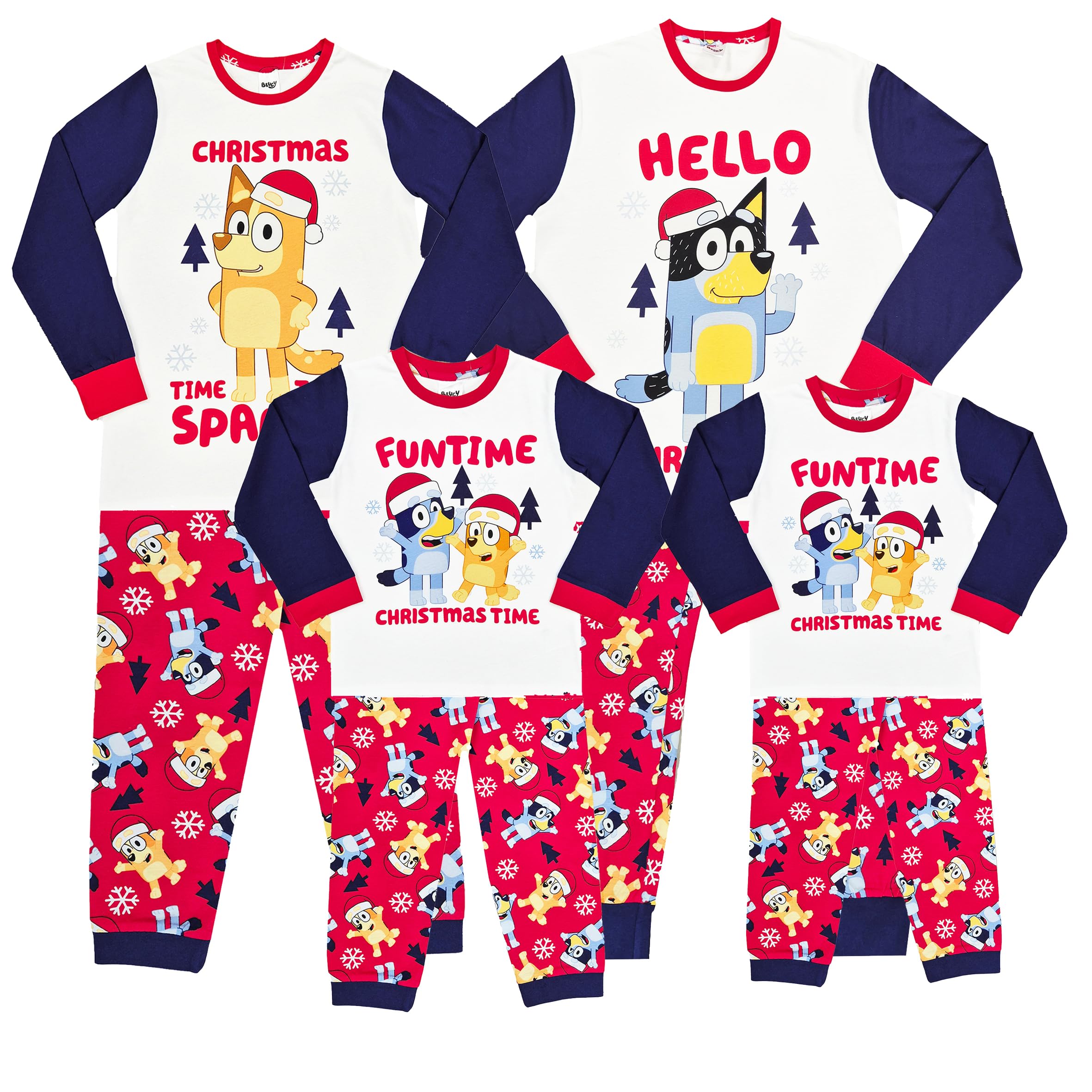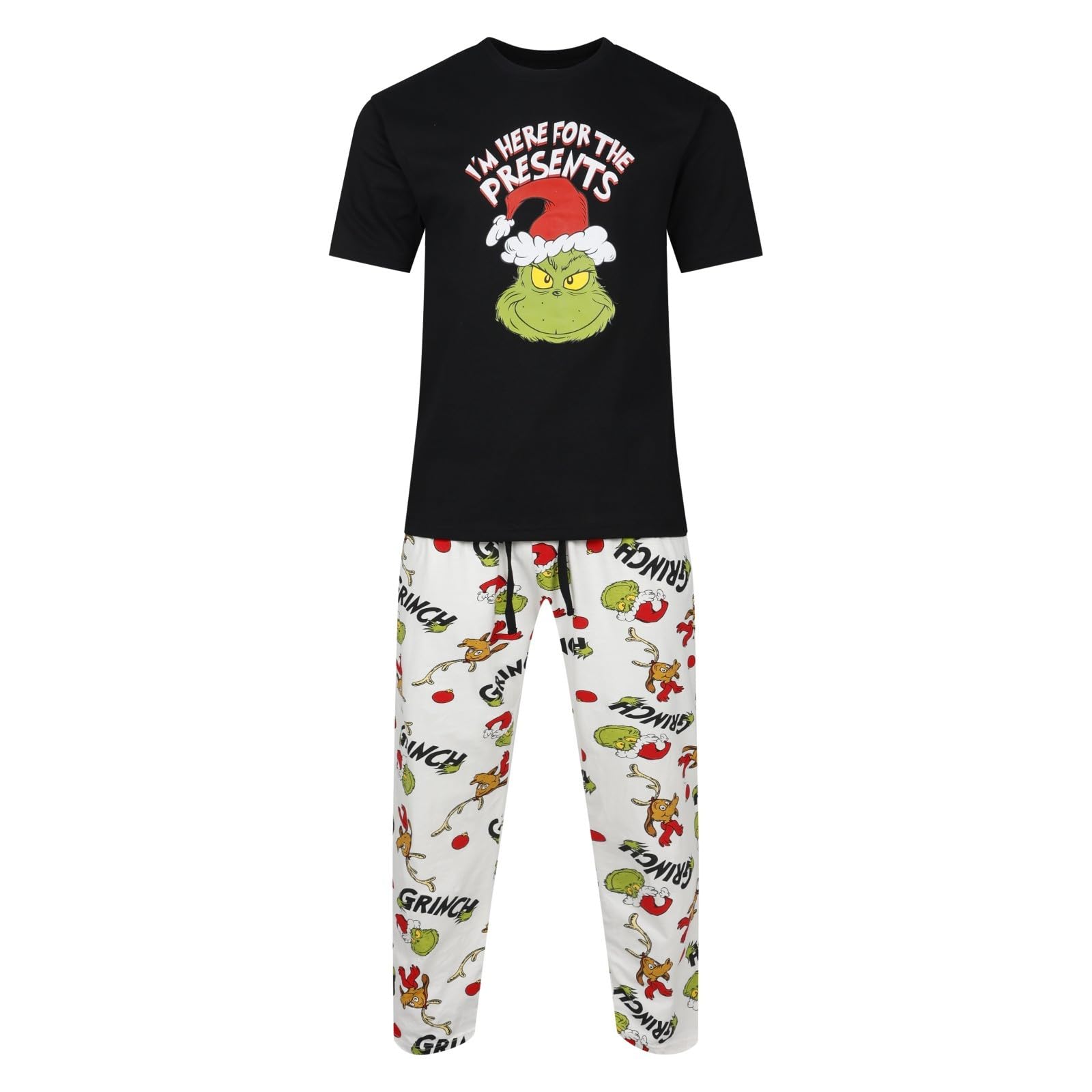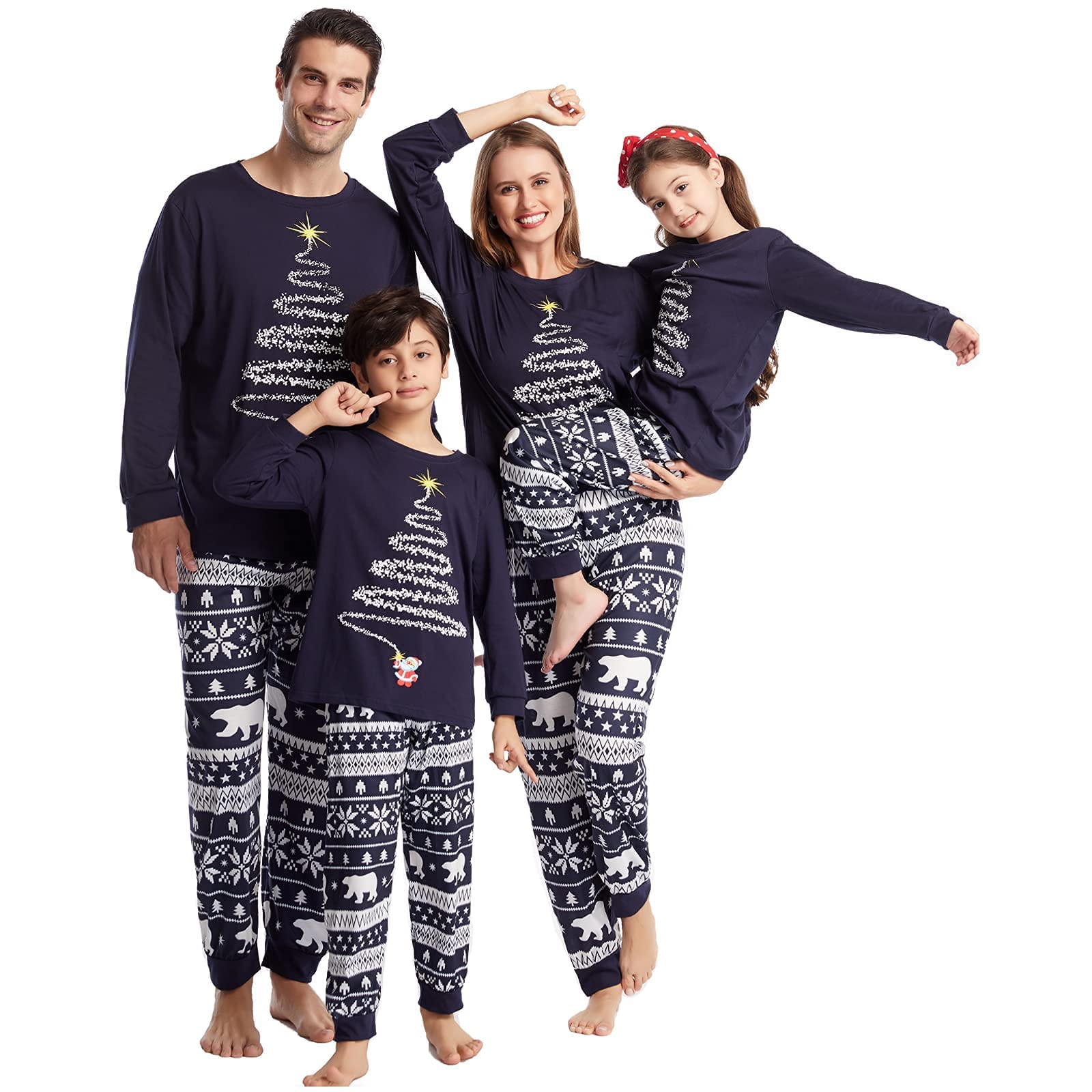Night sweats and hot flushes can turn sleep into a stop start battle with the duvet. The right pyjamas help by moving moisture away from skin and letting heat escape, so your body can settle back down. This UK guide compares breathable fabrics and fits, explains how to layer for shoulder seasons, and shows small bedtime tweaks that make nights calmer and cooler.
Temperature swings feel easier in sleepwear for UK seasons.
What makes sleepwear cool and comfortable
Cool sleepwear wicks moisture and lets air move. Fabrics with smooth, lightweight weaves feel cooler than heavy knits. Looser cuts reduce cling and allow heat to escape. Pyjamas are only part of the system. Sheets, duvet, and bedroom air all affect how warm you feel. Build a full setup that supports cooler sleep rather than relying on a single item to solve everything.
Breathable fabrics to prioritise
Bamboo viscose and Tencel lyocell are popular for menopause because they are smooth, absorbent, and quick to dry. Cotton percale feels crisp and allows airflow, especially in lighter weights. Linen is excellent at moving moisture and can feel cool once it softens after a few washes. Avoid heavy jersey and brushed fabrics in summer. They feel cosy at first, then trap heat. Save them for winter when you want warmth.
Fit that helps with temperature swings
Choose a relaxed cut with room at the chest and underarms so air can circulate. Short sleeves and open necklines release heat faster when a flush arrives. Trousers with a looser leg and a simple waistband are easier to adjust at night. If you wake to change temperature often, pick separates so you can swap a top or add a light layer without changing the whole set.
Layering for UK seasons
Build a small rotation. In summer, pair a breathable set with a lighter duvet tog and crisp cotton percale sheets. In spring and autumn, add a light knit wrap that you can slip off quickly. In winter, keep the same breathable base and add warmth with a soft layer above, such as a heated throw for a short reading session, then remove it for sleep. You get warmth when you want it, without sleeping in heavy fabric that traps heat all night.
Moisture management at the bed surface
Sheets make a big difference. Percale weaves feel cool and do not cling. Sateen can feel silkier but may run warmer. If night sweats are frequent, keep a second top or a light towel by the bed so you can swap quickly without fully waking. A breathable mattress protector prevents moisture reaching the mattress while staying quiet. Avoid plastic feeling covers that trap humidity.
Bedtime habits that support cooler sleep
Keep the bedroom slightly cooler. Open a window for a short period in the evening or run a small fan to move air. Avoid heavy meals late at night. Keep water by the bed. Simple steps reduce the intensity of hot moments so your sleep is less interrupted. If you are on medication, ask your GP or pharmacist whether timing and dosage affect night sweats.
Care that keeps fabrics performing
Wash pyjamas with mild detergent and avoid heavy fabric softeners, which can leave residues that reduce wicking. Line dry where possible. Over time, fabrics that are cared for gently keep their cool handle and absorb moisture better. Rotate between two or three sets so you always have a fresh pair ready.
Pair breathable sleepwear with the right bedding. See our guides to cool feeling sheets and light summer duvets. If warm evenings push up bills, a heated throw for short pre bed use can replace long heating cycles in winter without adding heat while you sleep.
FAQs
What are the best pyjama fabrics for menopause?
Bamboo viscose, Tencel lyocell, cotton percale, and linen. They are breathable, wick moisture, and feel cool against the skin when cut in relaxed styles.
Should I wear long sleeves or short?
Short sleeves and open necklines release heat quickly. In cooler months, layer a light wrap over a breathable base rather than wearing heavy long sleeves to bed.
Do I need special sheets?
Not special, just breathable. Percale cotton feels crisp and cool. Avoid heavy knits and brushed fabrics in summer. Pair with a lighter duvet tog.





